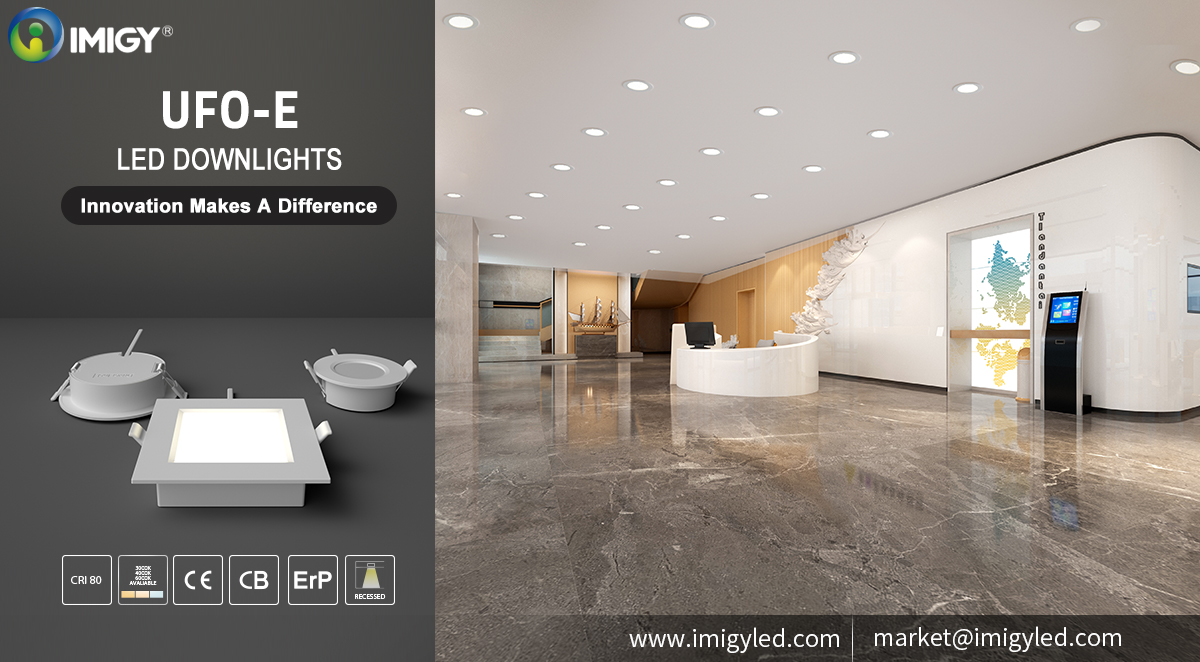

In modern home and commercial settings, the integration of smart technology into everyday fixtures has become increasingly popular. One such innovation is the smart ceiling light, which combines motion-activated and voice-controlled features to enhance convenience, energy efficiency, and overall user experience. This article explores the benefits and applications of smart ceiling lights for halls, focusing on how these advanced features can transform a simple hallway into a more functional and interactive space.
Smart ceiling lights with motion-activated and voice-controlled features offer unparalleled convenience. Motion sensors ensure that lights turn on automatically when someone enters the hall, eliminating the need to fumble for switches in the dark. Voice control, on the other hand, allows users to adjust the brightness, change the color temperature, or even turn the lights on and off using simple voice commands. This hands-free operation is particularly useful for individuals carrying items or for those with limited mobility.
One of the key advantages of motion-activated lighting is its energy-saving potential. These lights only turn on when movement is detected, reducing unnecessary energy consumption when the hall is unoccupied. This not only lowers electricity bills but also contributes to a more sustainable environment. Additionally, the long lifespan of LED lights used in smart ceiling fixtures means fewer replacements and lower maintenance costs over time.
Smart ceiling lights enhance safety and security in several ways. Motion-activated lights can deter intruders by providing sudden illumination when movement is detected, making it a valuable addition to home security systems. Moreover, the automatic lighting ensures that the hall is always well-lit, reducing the risk of accidents and falls, especially in low-light conditions.
Voice-controlled lights offer a high degree of customization. Users can adjust the lighting to suit their mood or specific activities, such as dimming the lights for a movie night or brightening them for cleaning. This flexibility allows for a personalized lighting experience that can be easily adapted to different times of day and user preferences.
In residential settings, smart ceiling lights can transform a mundane hallway into a welcoming and functional space. Motion-activated lights ensure that the hall is always well-lit when needed, providing a sense of security and convenience. Voice control adds an extra layer of ease, allowing residents to adjust the lighting without needing to reach for a switch, especially useful when carrying groceries or other items.
In commercial buildings, such as offices, hotels, and shopping centers, smart ceiling lights can significantly enhance the user experience. Motion sensors ensure that lights are only on when needed, reducing energy costs and improving sustainability. Voice control can be particularly useful in common areas, such as lobbies and corridors, where users can easily adjust the lighting to suit their needs without needing to locate a switch.
Schools and universities can benefit from smart ceiling lights in hallways and corridors. Motion-activated lights ensure that these areas are well-lit during peak times, improving safety and visibility. Voice control can be used by students and staff to adjust the lighting for different activities, such as presentations or events, making the space more versatile and user-friendly.
In healthcare settings, such as hospitals and clinics, smart ceiling lights can contribute to a more efficient and comfortable environment. Motion-activated lights ensure that hallways and corridors are well-lit at all times, reducing the risk of accidents and improving patient safety. Voice control can be particularly useful for staff, allowing them to adjust the lighting without needing to use their hands, which is important in maintaining hygiene standards.
When selecting smart ceiling lights, it is important to ensure compatibility with existing smart home or building systems. Look for lights that support popular voice assistants like Amazon Alexa, Google Assistant, or Apple HomeKit. Additionally, ensure that the motion sensors are compatible with your existing electrical infrastructure.
Choose lights that provide sufficient brightness and high-quality illumination. Look for LED lights with a high lumen output and a color temperature that suits the intended use of the space. For residential halls, a warmer color temperature (around 2700K-3000K) can create a cozy atmosphere, while a cooler color temperature (around 4000K-5000K) may be more suitable for commercial settings.
The sensitivity and range of the motion sensors are crucial for optimal performance. Ensure that the sensors can detect movement accurately and have a wide enough range to cover the entire hall. Adjustable sensitivity settings can also be useful to prevent false triggers, such as from pets or drafts.
As with any smart device, security and privacy are important considerations. Ensure that the smart ceiling lights you choose have robust security features, such as encrypted communication and regular firmware updates. Additionally, consider the privacy implications of motion sensors and voice control, and choose products that prioritize user privacy.
Setting up smart ceiling lights typically involves a few simple steps. First, install the lights according to the manufacturer's instructions. Next, connect the lights to your home Wi-Fi network using the accompanying mobile app. Finally, link the lights to your preferred voice assistant and configure the motion sensor settings. Some systems may also require a hub or bridge for communication between the lights and other smart devices.
In many cases, you can retrofit existing light fixtures with smart bulbs that support motion-activation and voice control. However, for more advanced features like dimming or color changing, you may need to ensure that your fixtures are compatible with these functionalities. It is always a good idea to consult with a professional electrician if you are unsure about compatibility.
The cost of installing smart ceiling lights can vary depending on the complexity of the system and whether professional installation is required. While the initial investment may be higher than traditional lighting solutions, the long-term benefits of energy savings, reduced maintenance, and enhanced convenience often outweigh the initial costs. Additionally, many smart lighting systems are designed for DIY installation, making the process more accessible and cost-effective.

It is recommended that you upgrade the latest browser
 Chrome
Chrome Firefox
Firefox Edge
Edge